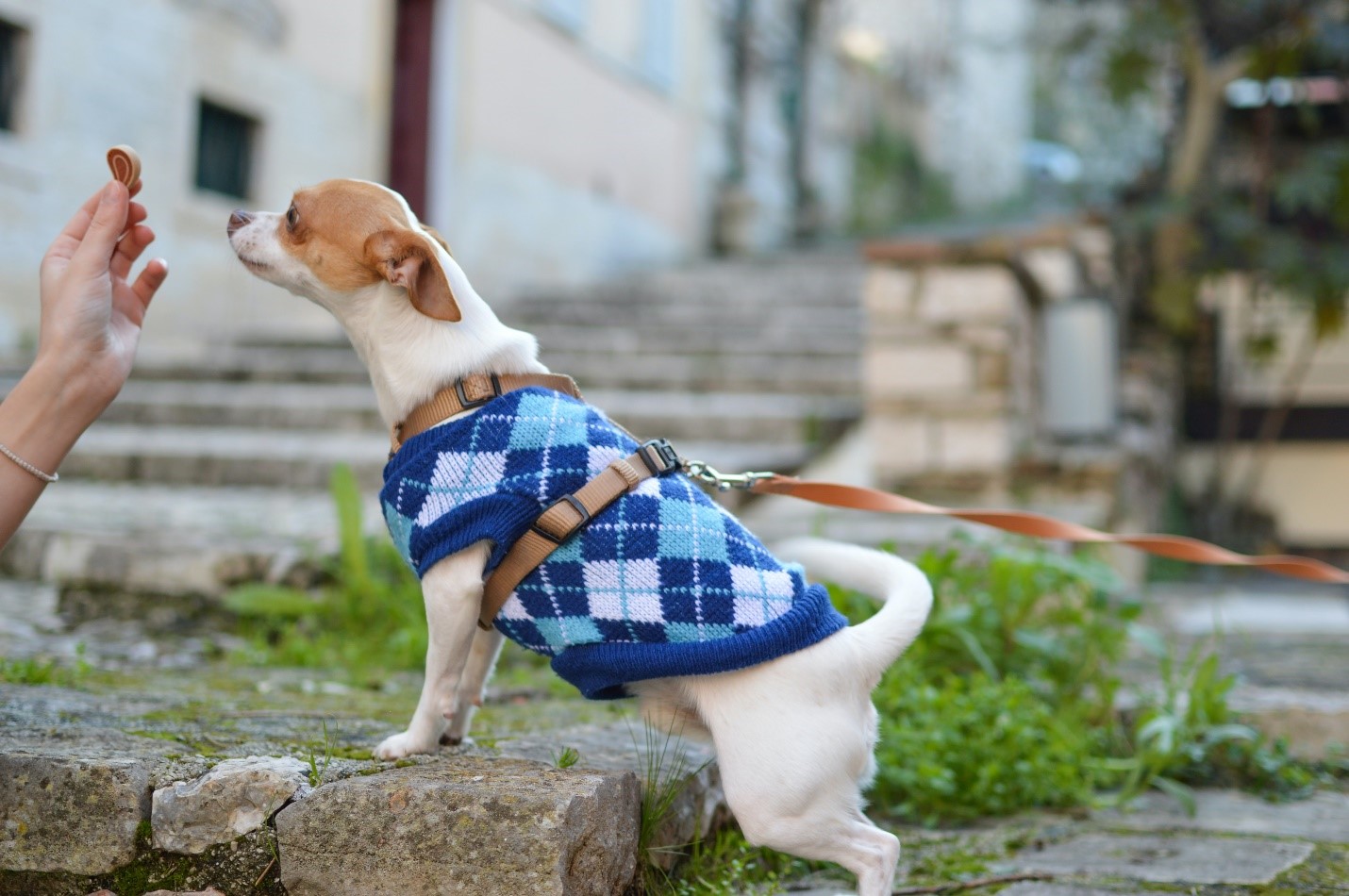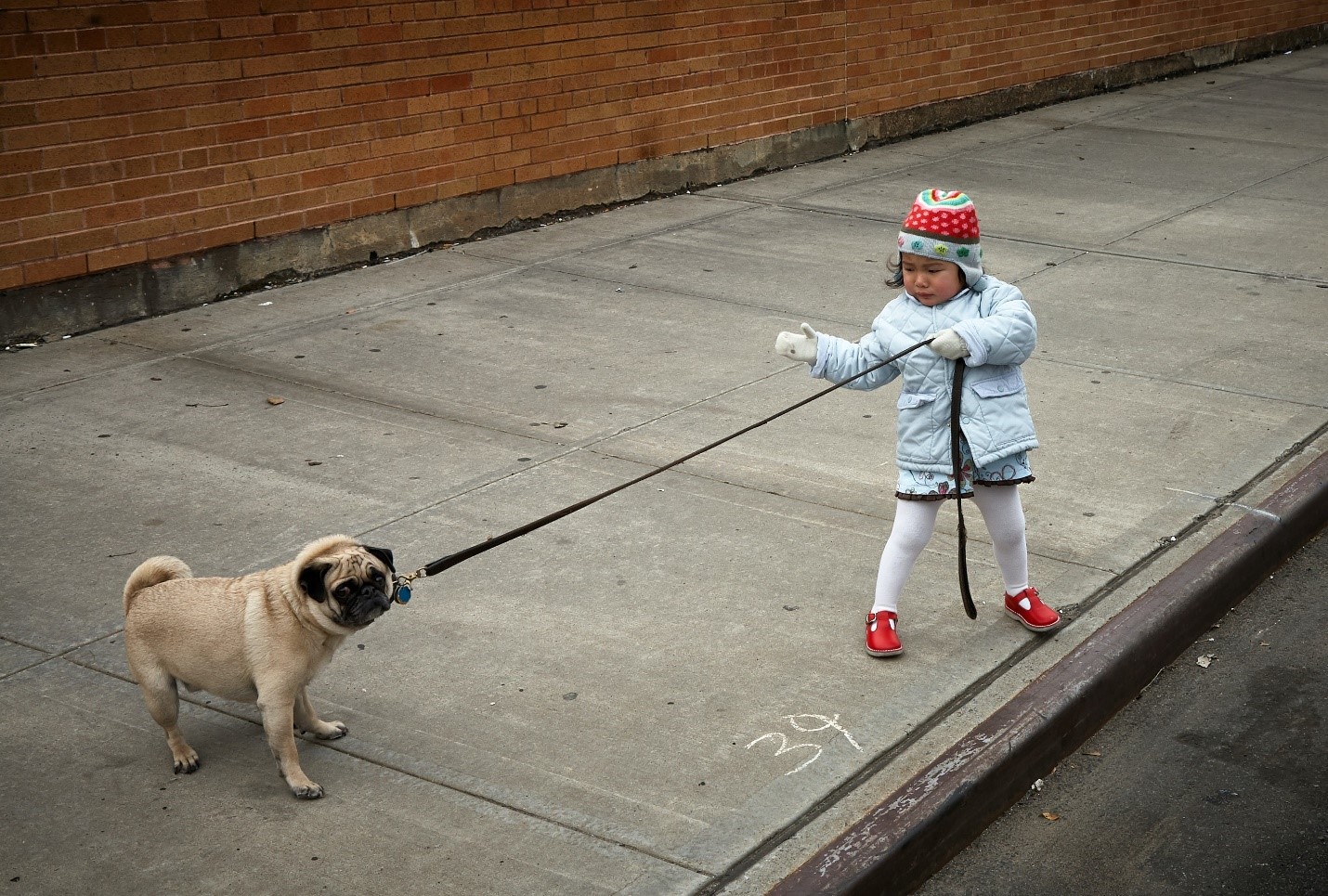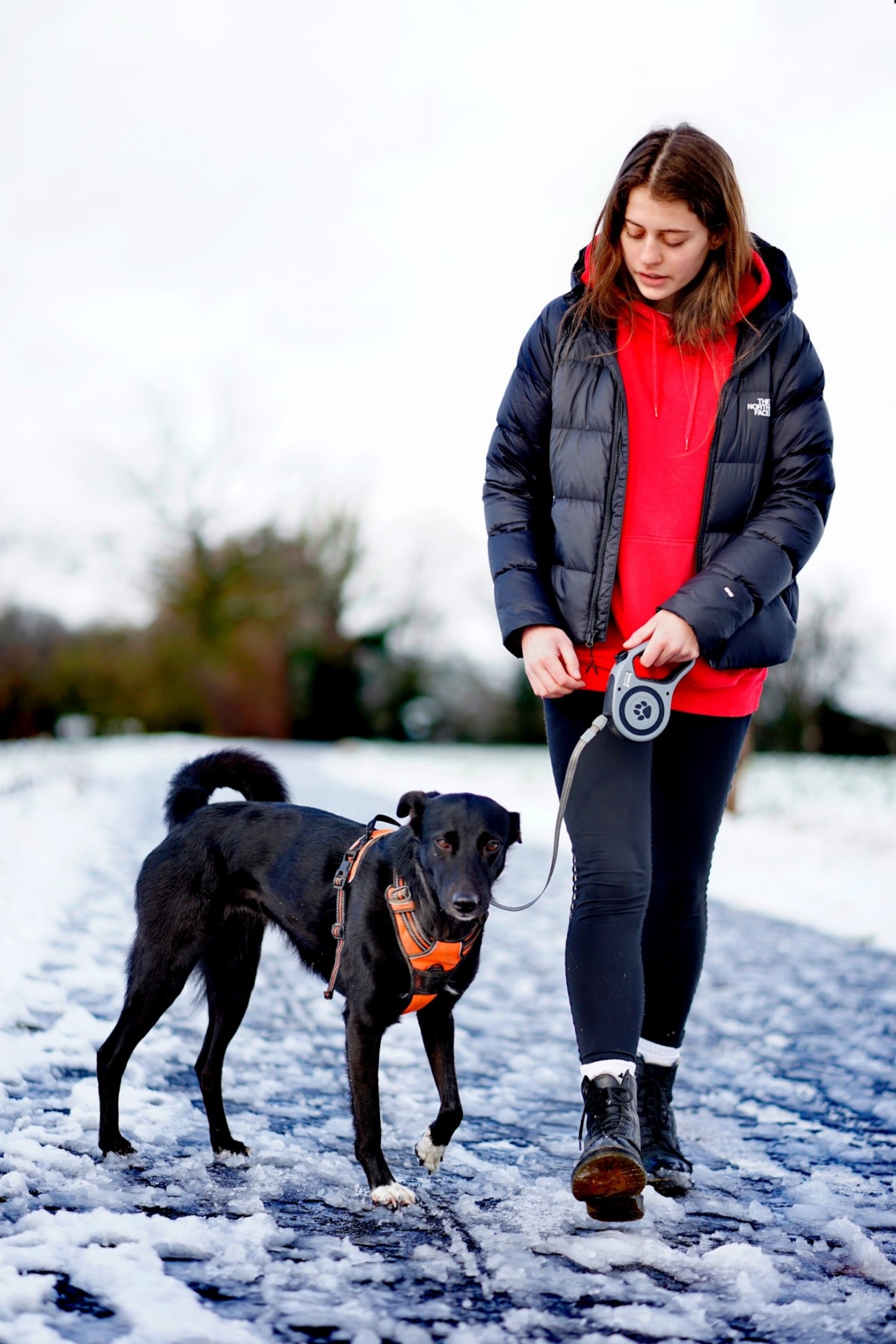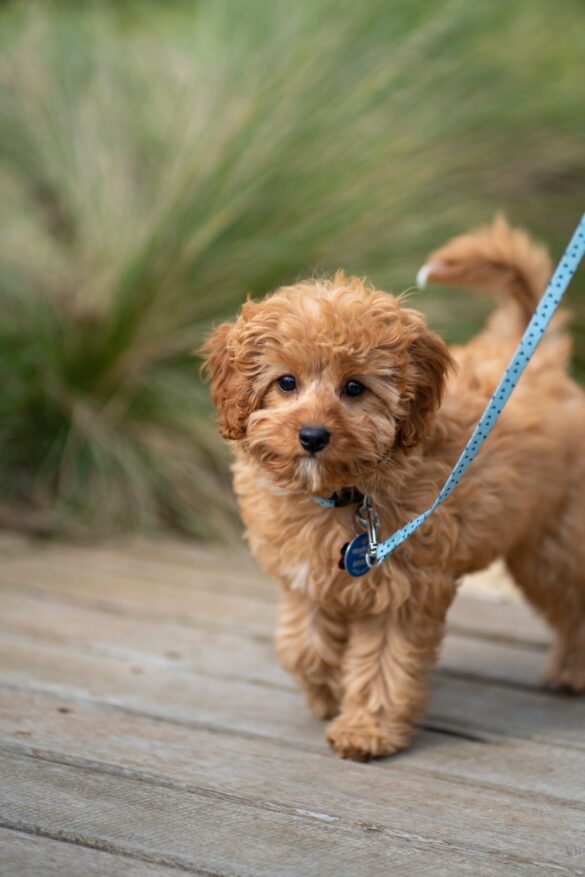Introduction
All dog owners know the feeling of being dragged down the street by their dogs on their daily walks. It’s not only embarrassing, but it can also be dangerous for both you and your dog. Luckily, leash training is a relatively easy process that all dog owners can do with a little patience and consistency.
Training your dog to walk with a leash can keep both you and your dog safe while walking or running around. Not only that, but it can also be a fun way to bond with your pup.
There are a number of different methods you can use to train puppies. In this guide, we’ll explore some of the most popular ones so that you can find the technique that works best for you and your puppies. Keep reading to learn everything you need to know to train your dog to walk with a leash.
What you’ll need for leash training a puppy or dog:
The following items are required to begin teaching your dog to walk nicely on a leash:
- Leash – a 4-6 foot (around 1-2m) and non-retractable leash is suggested when getting started
- Collar or harness – a buckle or martingale collar, head halter, or any type of harness will do
- Treats
Common Techniques used to leash train your puppy
Loose leash technique
One of the most common puppy leash training techniques is known as loose-leash walking. This simply involves teaching your dog to walk alongside without pulling on the leash.
To do this, start by attaching the leash to your dog’s collar and encouraging them to walk with you. If they start to pull ahead, gently guide them back to your side with a short tug on the leash. Reward your dog with praise or treats whenever they walk next to you without pulling.
Heal Training Technique
Another popular dog leash training technique is heel training. This is often used by dog owners who want their dogs to walk calmly by their side rather than darting around all over the place.
To heel train, your dog, start by getting them into the correct position by your side and then giving the command “heel.” As you walk, continue giving this command and rewarding your dog with treats or praise whenever they stay in position. With few repetitions, your dog will learn to heel automatically without needing frequent reminders.

How to Leash Train a Dog: Step-by-Step Instructions
Introduce the collar and leash
The first step in leash training is to get your dog used to wearing a collar and leash. This may seem like a no-brainer, but some dogs are uncomfortable with new things around their necks. Start by putting the collar on your dog for short periods of time, gradually increasing the amount of time they wear it each day.
Once they seem comfortable with the collar, you can attach the leash and let them walk with it around the house for a while so they can get used to the feeling.
Take a small step in any direction.
The second step is to make your dog learn to walk on a leash calmly at your side without pulling. This will take some patience and practice, but eventually, your dog will get the hang of it.
Start by walking around your house or any distraction-free area with your dog on a short leash. Whenever they start to pull ahead of you, stop walking and stand still until they calm down and fall back into place beside you. Once they’ve gotten the hang of walking calmly at your side, you can move on to Step 3.
Teach your dog to heel while practicing walking with a leash.
The third step is to teach your dog to heel—this means walking with its head next to your knee and not pulling ahead of you. As with Step 2, this will take some patience and practice. Start by standing still with your dog at your side on a short leash.
Whenever they try to pull ahead of you or walk behind you, stop moving and stand still until they fall back into place beside you. Once they’ve gotten the hang of heeling, you’re ready to move on to Step 4.

Start feeding treats.
You will need some tasty treats that your dog loves. Treat represents food here. Start by attaching their leash to their collar and letting them walk around without any resistance from you. Once they’ve gotten used to the feel of the leash, start walking with them while holding a treat in front of their nose.
As they start following the treat, slowly move it up and over their head so that they have to look up at you. Once the treat is above their head, give the command “look” or “watch me.” If they continue looking up at you, offer treats as a reward.
Repeat this process until your dog have eye contact when you give the command, even without a treat in front of their nose.

Begin to vary how often you feed the treats
It involves giving treats as rewards for good behavior; however, it also incorporates corrective measures for when your dog does not behave as desired.
To start out, choose an area where there are few distractions, such as other people or animals who could potentially throw your pup off course. Then begin walking forward while saying, “let’s go.” If they start pulling ahead or lag behind, stop immediately and stand still until they catch up or sit down beside you.
Resume walking once they are back in position. Once you’ve reached your destination or they have caught up and remained calm for several seconds, give them a tasty treat as a reward.
Teach your furry friend not to be distracted.
One of the final tips is teaching your dog not to pull on the leash when there are more distractions, like other people or animals around. This is probably the most difficult step in leash training, but it’s important nonetheless.
Start by walking around your house or yard with your dog on a short leash, as usual. But this time, introduce distractions like another person or animal nearby. If your dog starts to pull on the leash or tries to run towards the distraction, stop walking and stand still until they calm down and fall back into place beside you.
With enough practice, your dog will learn that pulling on the leash is not an option—no matter how tempting the distraction may be!
How to fix dog leash training troubleshooting?
Answer:
There are a few common issues that can occur during the dog leash training process. Below are some tips on how to fix them:
Teach Commands
- If your dog is resistant to walking on the leash, start by teaching them basic obedience commands such as sit and stay. Once your dog has mastered these commands, you can then move on to leash training.
Try Loose leash walking
- If your dog pulls on the leash, begin by teaching them how to walk properly on a loose leash. You can do this by rewarding them every time they take a step in the right direction. Be sure to keep treats or positive reinforcement handy to help the dog to walk with a leash.

Why is puppy leash training important?
Leash training is an important part of ownership. It not only keeps your dog safe, but it also helps to teach them manners and impulse control. Without a leash, dogs can be easily distracted by sights and smells, putting them in danger of getting lost or being hit by a car.
In addition, leash training helps to establish you as the leader of the pack, which is important for maintaining a well-balanced relationship with your dog. Leash training can be a challenge, but it’s well worth the effort. By taking the time to train your dog to walk on a leash, you’ll be ensuring their safety and giving them the gift of freedom for great outdoor trips.
Always know where your dog is
A well-trained dog is a pleasure to take on a walk, and knowing that your dog will stay close during outdoor activities can give you peace of mind. Leash training takes time and patience, but it’s worth the effort. Start with short leash walks around the house or yard, gradually lengthening the leash and adding distractions as your dog gets better at paying attention to you.
Once your dog walks nicely on a leash, you can take him out into the world and enjoy all the wonderful places and people you’ll encounter together. Always know where your dog is, even in an urban area with many potential hazards like traffic or other animals.

FAQs For Leash training.
How long does it take to leash train a dog?
Answer: It depends on the dog’s personality and how consistent you are with the training. But generally, it takes between 2-4 weeks.
One of the most important things to remember when leash training a dog is to be consistent with your training sessions. If you allow the dog to pull on the leash one day but then try to correct him for doing it the next day, he will only become more confused and may start resisting your commands altogether.
Be patient and consistent with your training, and before you know it, your furry friend will be walking perfectly by your side!
At what age should leash training start?
Answer: There’s no one-size-fits-all answer to this question, as the best time to start leash training depends on your dog’s individual personality and obedience level. However, most experts recommend starting leash training when your dog is around 4 months old.
That said, here are a few tips:
Most dogs may be ready for leash training earlier or later than 4 months old, depending on their temperament and obedience level. And if you have a particularly stubborn or strong-willed dog, you may need to start leash training at an even younger age, as an adult dog is difficult to train. So if you’re not sure whether or not your dog is ready for leash training, it’s always best to consult with a professional trainer before getting started.
